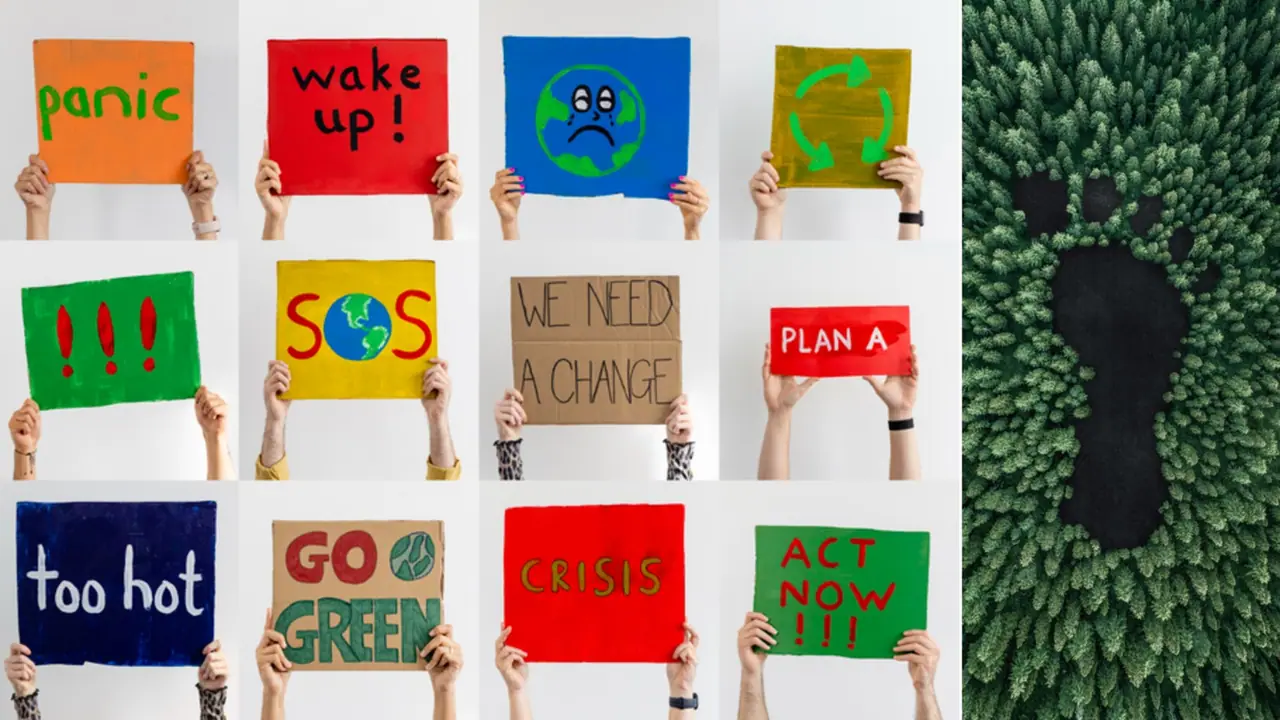Countries preparing new climate targets must ensure they align with their net-zero goals. Experts urge careful planning, strong policies, and scientific guidance to bridge short- and long-term goals and reduce global temperature rise.
The world is preparing for the next round of Nationally Determined Contributions (NDCs) under the Paris Agreement, with countries expected to submit updated climate targets for 2035 before COP30 in Brazil, says a report in Nature. This is a crucial moment to improve how short- and long-term climate goals align and to reduce the current gap between ambition and action.

Countries have pledged to submit more ambitious targets every five years. These mid-term NDCs must align with long-term net-zero strategies, or else risk steep, unrealistic cuts later. Experts believe that without clear roadmaps, countries will struggle to cut emissions in time to keep global warming below 2°C.
Lessons from the European Union
The European Union (EU) offers a useful example. Its 2030 and 2040 targets show that success depends on realistic planning across all sectors. The EU has reduced most emissions in the power sector but is now focused on transport, industry, and buildings. Early efforts in hard-to-abate sectors like steel and cement are critical, because these need new technology and infrastructure.
If countries delay key steps, they may face unmanageable reductions in the 2040s. The EU’s own assessments show that acting early is not just more effective but also more affordable.
What countries should consider when setting targets
Setting better climate targets means looking beyond just the next ten years. Countries should model the entire journey to net-zero to ensure that their path is realistic and balanced. This requires understanding how each sector contributes and evolves.
Experts recommend using tools that consider all three pillars of energy policy: sustainability, security, and affordability. Economic impacts, job creation, health benefits, and social fairness must all be part of the analysis.
The European Commission’s models combine data from energy systems, the economy, and society. This toolbox approach helps avoid surprises and ensures that targets are credible.
The role of science and independent advice
Science plays a central role in shaping effective targets. In the EU, the European Scientific Advisory Board on Climate Change gives independent advice and tracks progress. It recently recommended a 90-95% emission cut by 2040. Their analysis also considers costs, technologies, and trade-offs.
Experts say such independent bodies can help governments make smarter decisions and hold them accountable.
How to turn climate goals into real change
It is not enough to set targets. Countries must create the right policy and financial tools to meet them. In the EU, the Fit-for-55 package supports the 2030 target with a mix of taxes, subsidies, and rules.
Long-term investments need confidence. A stable political environment, clear laws, and strong climate commitments can encourage companies to invest in clean technology.
At the same time, fairness must be ensured. New carbon taxes may affect low-income households more. A new Social Climate Fund in the EU is designed to ease such impacts.
Global cooperation and fairness
Not every country is in the same place. Developing nations may need help to build the laws and systems for a green economy. For them, international cooperation and finance will be essential.
Each country must choose a path based on its strengths and weaknesses. But science shows that all countries must act soon, and plan for both today and tomorrow.
As COP30 approaches, countries should use this chance to revise their NDCs with clarity, ambition, and responsibility. Long-term climate safety depends on what we do now. By setting smarter and better-aligned targets, nations can lead the way to a safer, fairer, and cleaner future.


